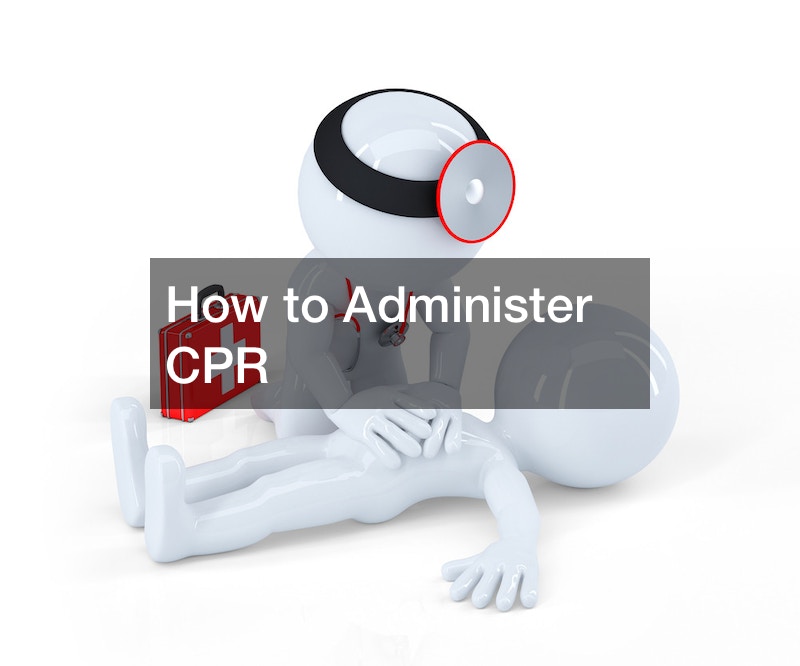
Cardiopulmonary resuscitation (CPR) is a lifesaving method that can be used in a variety of situations where someone’s breathing or heartbeat has stopped, such as a heart attack or near drowning. According to the American Heart Association, CPR should start with forceful and quick chest compressions. This suggestion for hands-only CPR applies to both unskilled bystanders and first responders. If you have not yet considered first aid training courses, CPR training is a great place to start.
If you’re hesitant to do CPR or aren’t sure how to do it correctly, remember that it’s always better to attempt than do nothing.
The difference between taking action and doing nothing could mean the difference between someone’s life and death.
If you are not trained in CPR or are concerned about administering rescue breaths, perform hands-only CPR. That implies continuous 100 to 120 compressions each minute until paramedics come. You are not required to attempt rescue breathing. Check for a pulse and respiration if you’re trained and confident in your abilities.
Begin chest compressions if there is no pulse or respiration within 10 seconds. Begin CPR with 30 chest compressions followed by two rescue breaths. If you’ve previously gotten first aid training courses but aren’t confident in your abilities, simply perform 100 to 120 compressions each minute.




